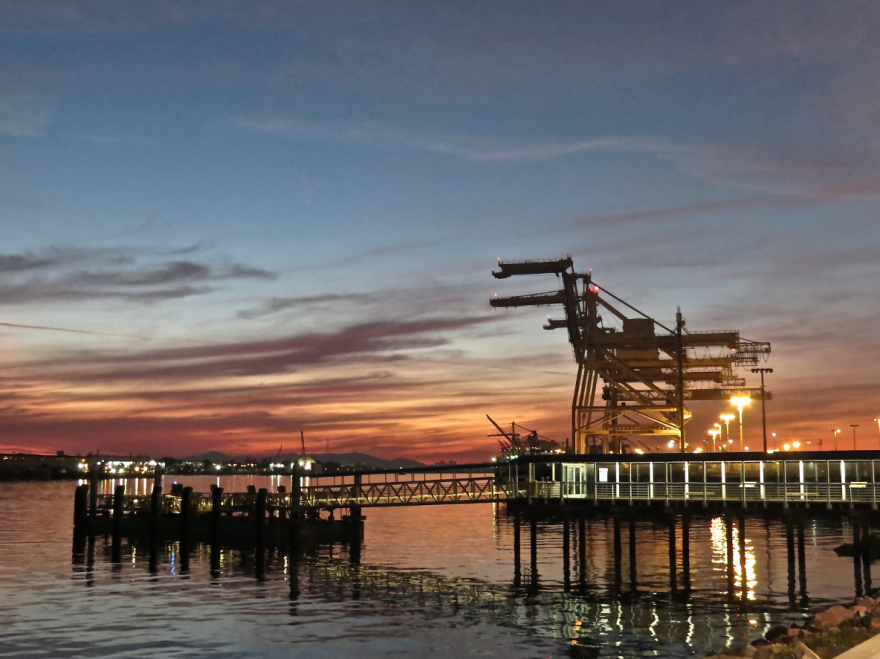CORRECTION: A previous version of this story said that a new law does not require gas and oil operations to monitor or fix leaks within 3,200 feet of homes and schools until July 2030. The story has been corrected to clarify that the law is about companies monitoring operations that would help detect leaks. The headline was also corrected for clarity.
The gas leak occurred on 2nd Street between Market Street and Brush Street near Downtown Oakland. Traffic in the surrounding four blocks, Amtrak, and Southern Pacific train services were paused. PG&E also shut down the main gas line.
This incident follows Governor Gavin Newsom’s decision to delay oil and gas leak detection regulations. CalMatters reports the law, which was signed in September, does not require oil and gas companies to monitor operations within 3,200 feet of homes and schools to detect leaks until July 2030.
The California Independent Petroleum Association, among other groups, claim the industry has inspection regulations in place and state and regional air-quality officials already require plans to handle leaks and spills.
Gas leaks have been found to impact the health of people who are exposed with symptoms of nausea and respiratory issues. Researchers say leaks impact the health conditions of people during pregnancy, resulting in premature births. Black and Brown communities are considered especially at risk.
Leaders and scientists in several communities in Southern California’s San Fernando Valley are urging Governor Newsom to close Aliso Canyon natural gas storage facility. The facility leaked nearly 100,000 metric tons of methane back in 2015. Thirty-two thousand residents were forced to evacuate. This incident was the largest methane release in U.S. history.
Next week, commissioners with the California Public Utilities Commission, or CPUC, will vote on the future of the facility. Visit www.cpuc.ca.gov to learn more about the vote and to submit a public comment.

